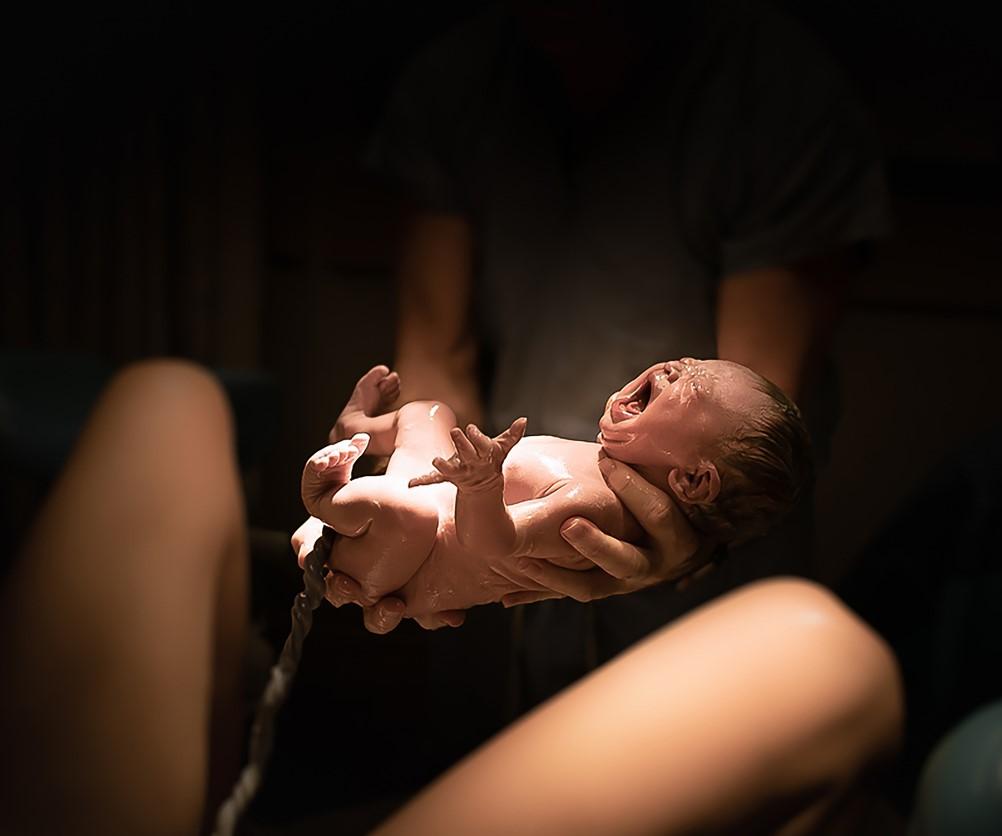
Maternal syphilis rates in the United States tripled from 2016 to 2022, according to new Centers for Disease Control and Prevention (CDC) data published this week.
During the 6-years analysis, maternal infections rose 222%, reaching 280.4 per 100,000 births in 2022.
The increase was seen across all ages and ethnicities, but syphilis rates were highest in mothers who were American Indian and Alaska Native, younger than age 25, and had no prenatal care. Among American Indian and Alaska Natives, rates rose 783%, from 159.7 to 1,410.5 per 100,000 births in 2016 and 2022, respectively.
South Dakota saw biggest jump in incidence
In 2022, the state with the highest incidence was South Dakota (762.6 per 100,000 births), and the lowest incidence was in Maine (45.8 per 100,000 births). In addition to South Dakota, New Mexico, Colorado, Mississippi, Montana, and Alaska also saw a 400% increase in rates.
The biggest risk factor for maternal infection was receiving no or late prenatal care. The largest increases occurred for mothers with no prenatal care (298%, from 262.5 to 1,044.0 per 100,000 births), followed by mothers who began care in the third trimester (244%, from 167.4 to 576.1), and mothers who began care in the second trimester (240%, from 134.3 to 456.9), the CDC said.
After reaching historic lows in 2000 and 2001, rates of primary and secondary syphilis in the overall U.S. population have increased.
"After reaching historic lows in 2000 and 2001, rates of primary and secondary syphilis in the overall U.S. population have increased nearly every year through 2022," the report said. "Congenital syphilis can cause adverse pregnancy outcomes such as fetal and neonatal death, low birthweight, preterm birth, and brain and nerve disorders."
















